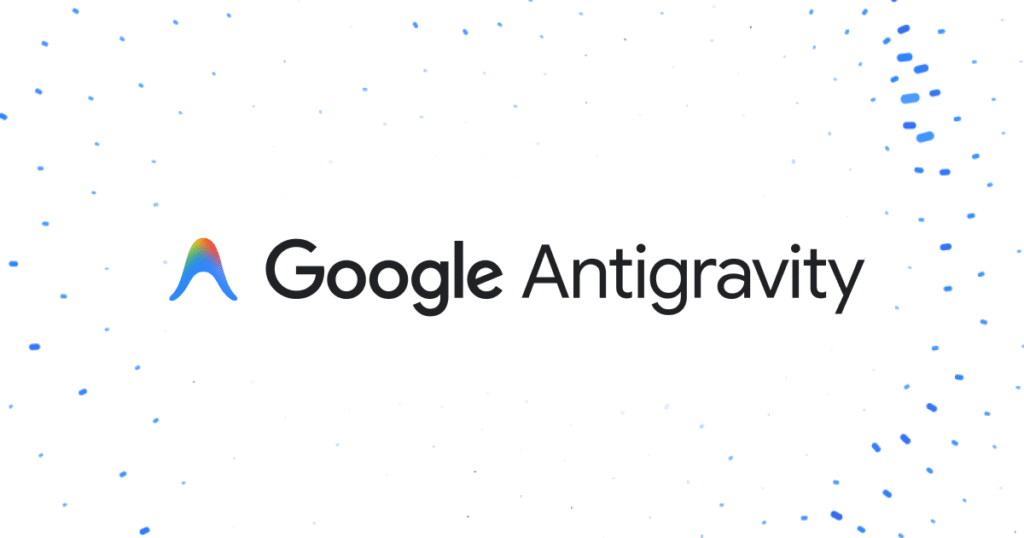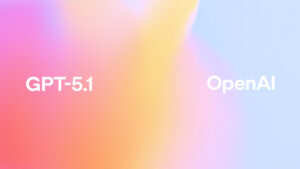
If you search for Google Antigravity today, you might remember the old page where search results fall to the bottom of the screen. That joke just grew up.
In November 2025, Google announced Antigravity as a new AI powered IDE, built around Gemini 3 Pro and designed from the ground up for agent first coding.
Instead of a single chatbot that suggests snippets, Antigravity is more like a mission control room where multiple AI agents can read and edit code, use the terminal, open a browser and coordinate through detailed artifacts.
If you care about shipping automations and AI features faster, this matters a lot.
What Exactly Is Google Antigravity
At its core, Antigravity is an AI IDE for Windows, macOS and Linux, in public preview and free to use with generous Gemini 3 Pro limits. It is powered by Gemini 3 Pro as the default model and supports some third party models. It enables multiple agents to collaborate on projects and interact directly with the editor, terminal and browser.
1. Agent first, not prompt first
Most coding tools treat AI as upgraded autocomplete. Antigravity reverses the logic: you assign roles, define goals and let agents operate more independently. A Manager view shows agent activity across workspaces like a mission dashboard.
2. Verifiable, asynchronous workflows
Antigravity is built around artifacts: plans, logs, task lists, screenshots and browser recordings that document what agents do. This creates transparency, supports longer running tasks and helps teams supervise and refine behavior using traceable evidence.
Why Business Leaders Should Care
You might not write code yourself, so an AI IDE can seem like a developer toy. It is more strategic than that.
Antigravity sits at the intersection of AI agents, automation and the internal tools your teams rely on. If developers move faster and safer, the entire company accelerates.
- Quicker delivery of customer facing features
- Faster rollout of internal automation tools
- Shorter cycles from idea to production test
And because Antigravity is built for Gemini 3, it benefits from its reasoning, multimodality and large context for codebases.
Realistic Use Cases For Antigravity In An Automation First Company
1. Turning process maps into internal tools faster
Today, teams map processes, design automations and hand over specs for custom dashboards. With Antigravity, Gemini 3 agents can scaffold full interfaces and APIs directly from process descriptions, while other agents handle testing and documentation.
2. Maintaining your automation codebase
Automation estates grow quickly, often with custom code in n8n, Cloud Functions or microservices. Antigravity agents can audit repos, flag risky patterns, suggest refactors and prepare migration plans.
3. Safer experiments with new agents
Before connecting a sales, finance or support agent to production systems, teams can simulate complex behaviors inside Antigravity. Artifacts reveal exactly what agents attempted and where they failed, making guardrail design easier.
The Catch And Why You Still Need Good Process
Early testers praise Antigravity’s potential but also report UI bugs and confusing behaviors. This means it is not a replacement for developers and good engineering practice still matters.
- You need people who understand your architecture and users.
- Strong processes like code review, testing and monitoring remain essential.
Antigravity can amplify good habits or magnify chaos if the basics are skipped.
How Veritas Can Help You Use Antigravity Without Losing Gravity
As an automation focused agency, Veritas cares about turning technology into reliable leverage.
- Strategy: identify projects, repos and automation layers that benefit from Antigravity.
- Architecture: design how agents interact with Zapier, Make, n8n, your APIs and data.
- Governance: define permissions, guardrails and artifact review processes.
- Enablement: train your team to work effectively with agent first tools.
Antigravity turns AI coding from novelty to control room. The question is whether your company treats it as a gadget or as a way to redesign how you ship systems, automations and ideas.

